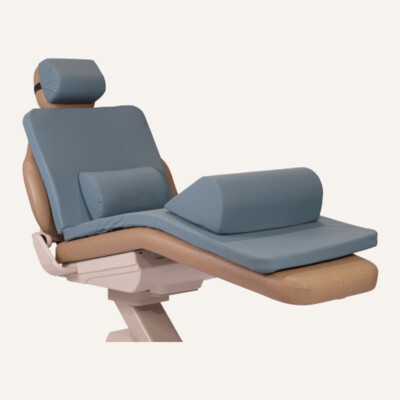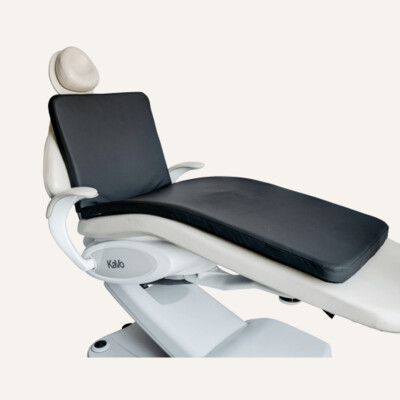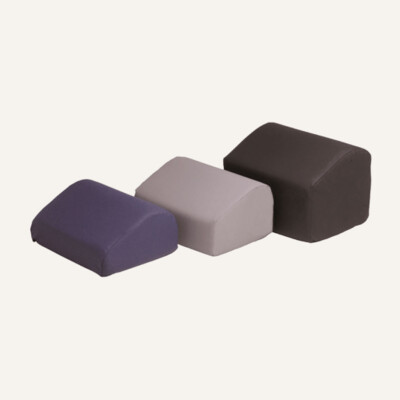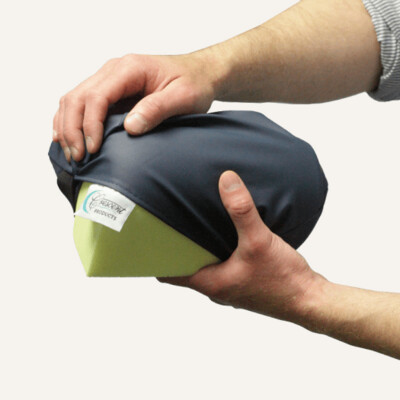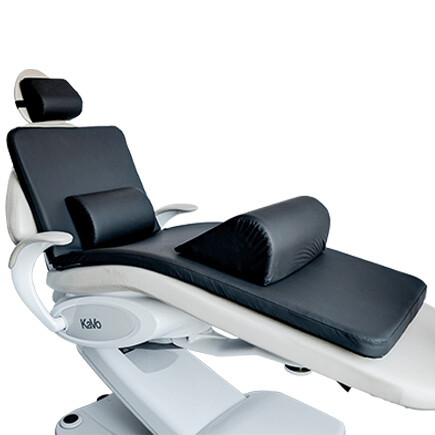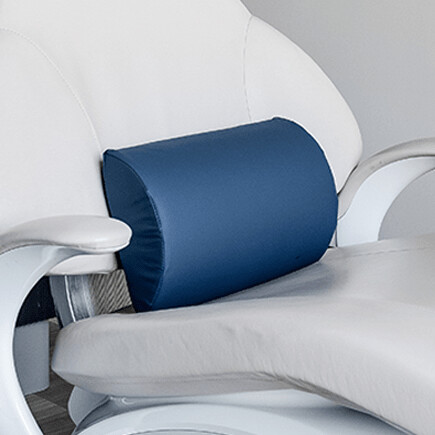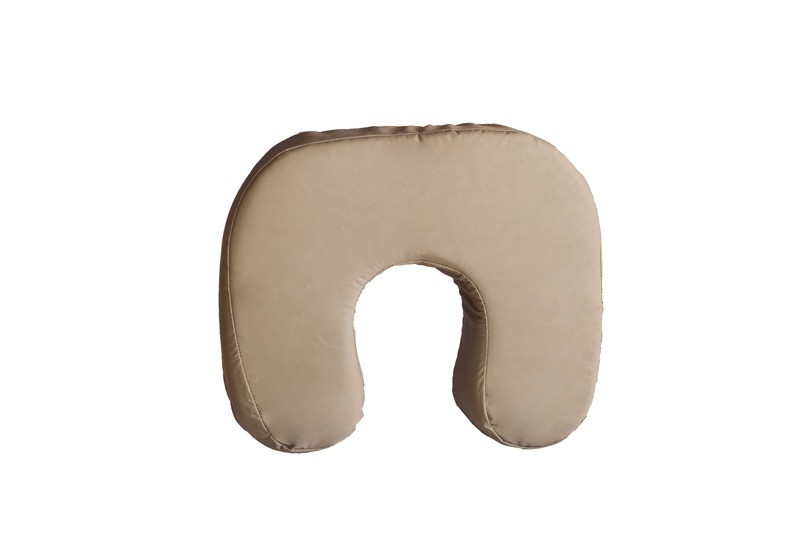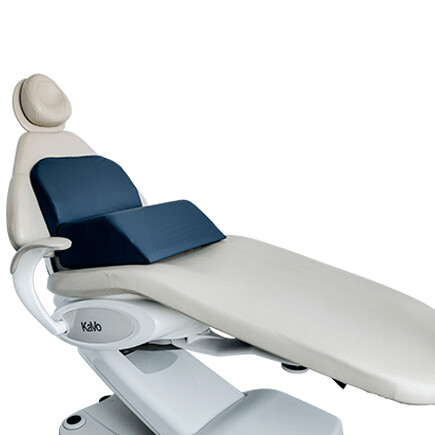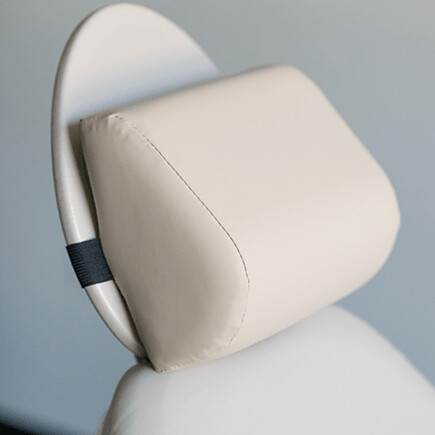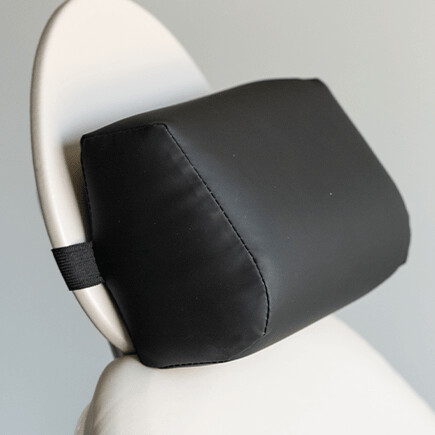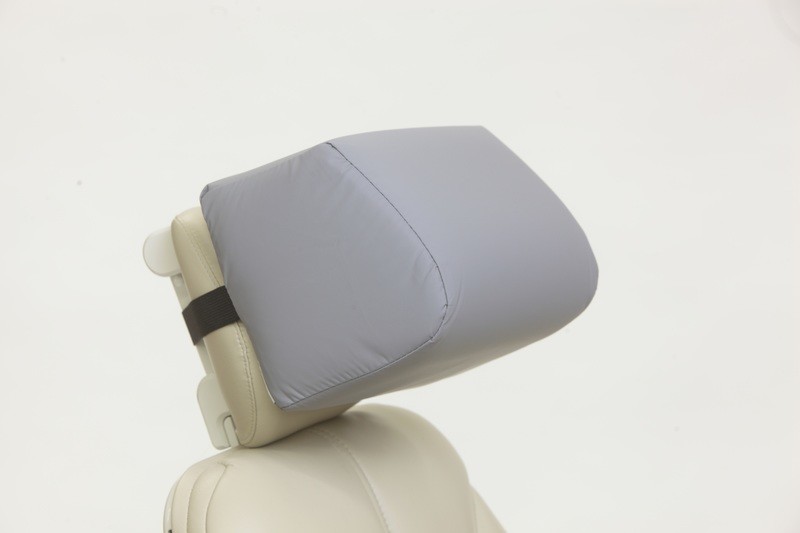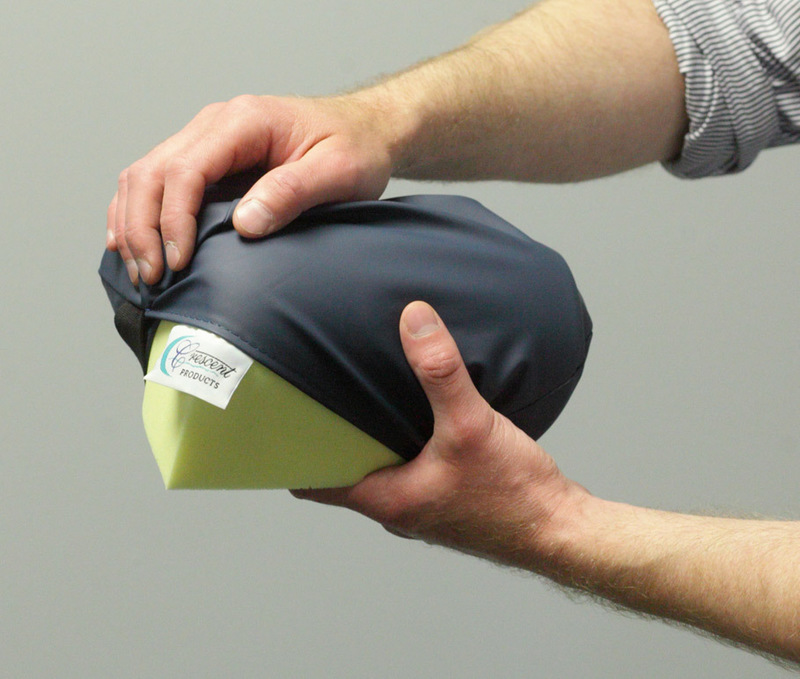Simple Posture Corrections for Dental Professionals
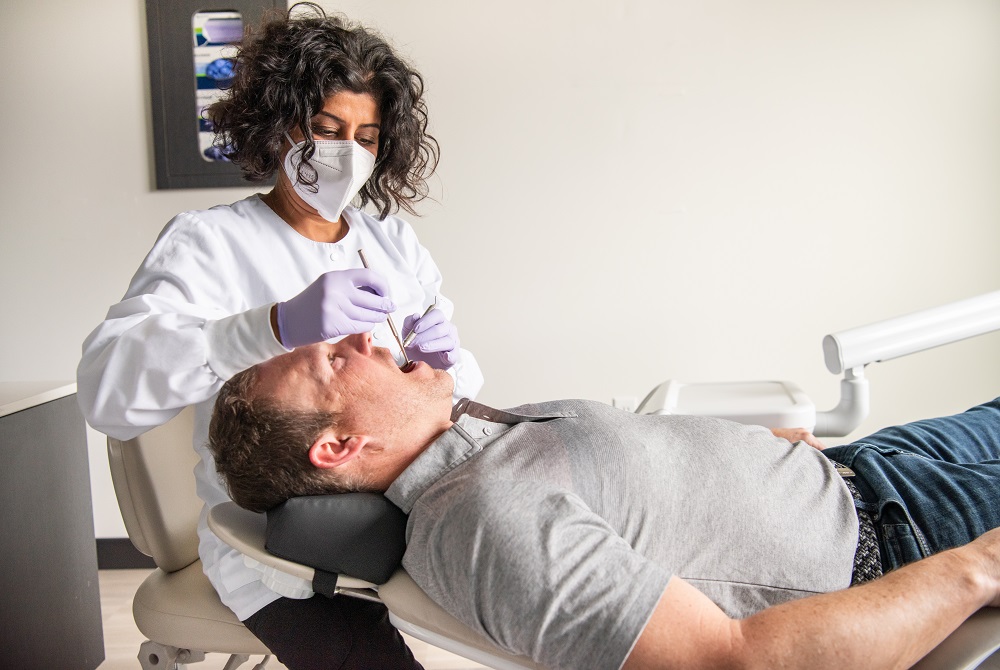
Every dentist soon learns that their practice comes with a certain level of pain and discomfort. The practice itself requires dentists and hygienists to maintain static, uncomfortable positions for long periods of time. You get into the optimal treatment position, hold steady, and work, regardless of what it does to your body. This often involves hunched backs, twisted necks, raised shoulders, and arms that are held steady, despite the vibration of your tools.
You repeat this multiple times a day, five or more days a week.
It’s no wonder that over 90% of dentists complain of some type of musculoskeletal pain. The profession is ripe with injuries to the back, hips, elbows, shoulders, hands, and necks. And a large part of it is due to your posture, something that is easily corrected with a few simple adjustments.
The Ideal Dental Posture
The ideal positioning and posture give dentists two things:
- Optimal access to and visibility of the mouth
- Physical and comfort and stamina during treatment
Maintaining the optimal posture will allow you to work more quickly, with more energy, and with less pain, stress, and discomfort.
Adjustment to Make for Optimal Posture and Ergonomics
The smallest ergonomic adjustments to your posture can make a large difference in reducing pain, fatigue, discomfort, and the chance of suffering from prolonged musculoskeletal issues. Make these slight adjustments to your posture while working on patients:
- Maintain a straight back; avoid rounding your spine into a “C” shape
- Hold a slight forward inclination on your body, not exceeding 20 degrees from your hips
- Keep a forward inclination of your head of no more than 25 degrees from your torso
- Hold your arms alongside your body, slightly oriented forward, and with your forearms raised no more than 25 degrees above the elbows
- Position your stool at the correct height: allowing your feet to be flat on the ground and your hips to be higher than your knees
Don’t Forget to Move Often
Even when positioned optimally, prolonged static postures can cause issues. When working on a long treatment, make sure to back away from the patient and adjust your body. Keeping it moving every few minutes breaks up the static posture that can cause tightness and soreness in the muscles.
Position Your Patients Right
Now that you have adjusted your working posture, it’s time to position your patients for the same comfort and success. Proper patient positioning allows you to work more comfortably without having to strain to gain access to all treatment areas. You don’t even have to coach patients on how to position themselves, simply use dental chair accessories that naturally guide them into the best possible position for you to work. Using a combination of dental headrests, dental body pads, and adjustments to your own working posture, you too can work with less pain, stress, and prolonged musculoskeletal issues.
